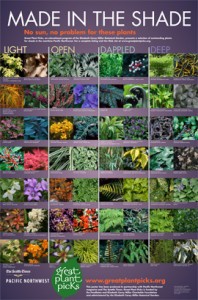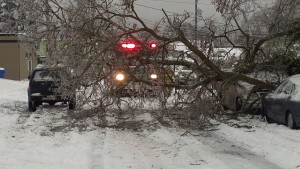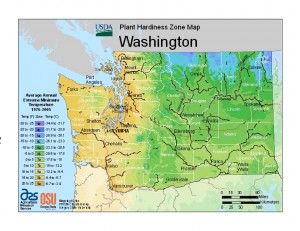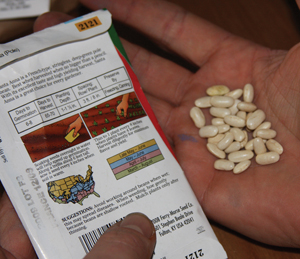Great Plant Picks 2012 – plants that are vigorous and easy to grow by the average gardener
January 27, 2012 @ 3:44 pm
 For gardeners in the Seattle area, the release of the Great Plant Picks each year is right up there with the Academy Award nominations. OK, not really, but it’s a still pretty cool list of showstoppers. Check it out.
For gardeners in the Seattle area, the release of the Great Plant Picks each year is right up there with the Academy Award nominations. OK, not really, but it’s a still pretty cool list of showstoppers. Check it out.
If you aren’t already familiar with Great Plant Picks, it’s like having the chef of a restaurant come out and tell you the best things to order from the menu. The experts of the Northwest horticulture community have done all the work for home gardeners. They’ve weeded through and came up with a list of reliable, hardy and easy-to-care-for plants for this region. All the plants must be hardy for USDA climate zone 7 and 8, which covers most of the Seattle area. (Find your plant hardiness zone here). All the plants must be vigorous, easy to grow by the average gardener, reasonably disease- and pest-resistant, have a long season, be available from at least two retail outlets in the state and generally not be too needy or picky. Time and time again, Ecoyards has turned to this list to find the most suitable plants for our Seattle landscaping clients.
The 2012 Great Plant Picks includes some of our favorite plants, including several varieties of Hosta and Trillium, as well the Virginia creeper vine. New for 2012 is a list of plants that are made for the shade. You can look up bulbs, shrubs or trees for shade. The newly-designed website now has categories that are broken down even further, into plants for light shade, dappled shade, deep shade, open shade and dry shade. Find your great plant pick using this search tool.
Filed under Seattle Landscape Design Permalink · No Comments »







